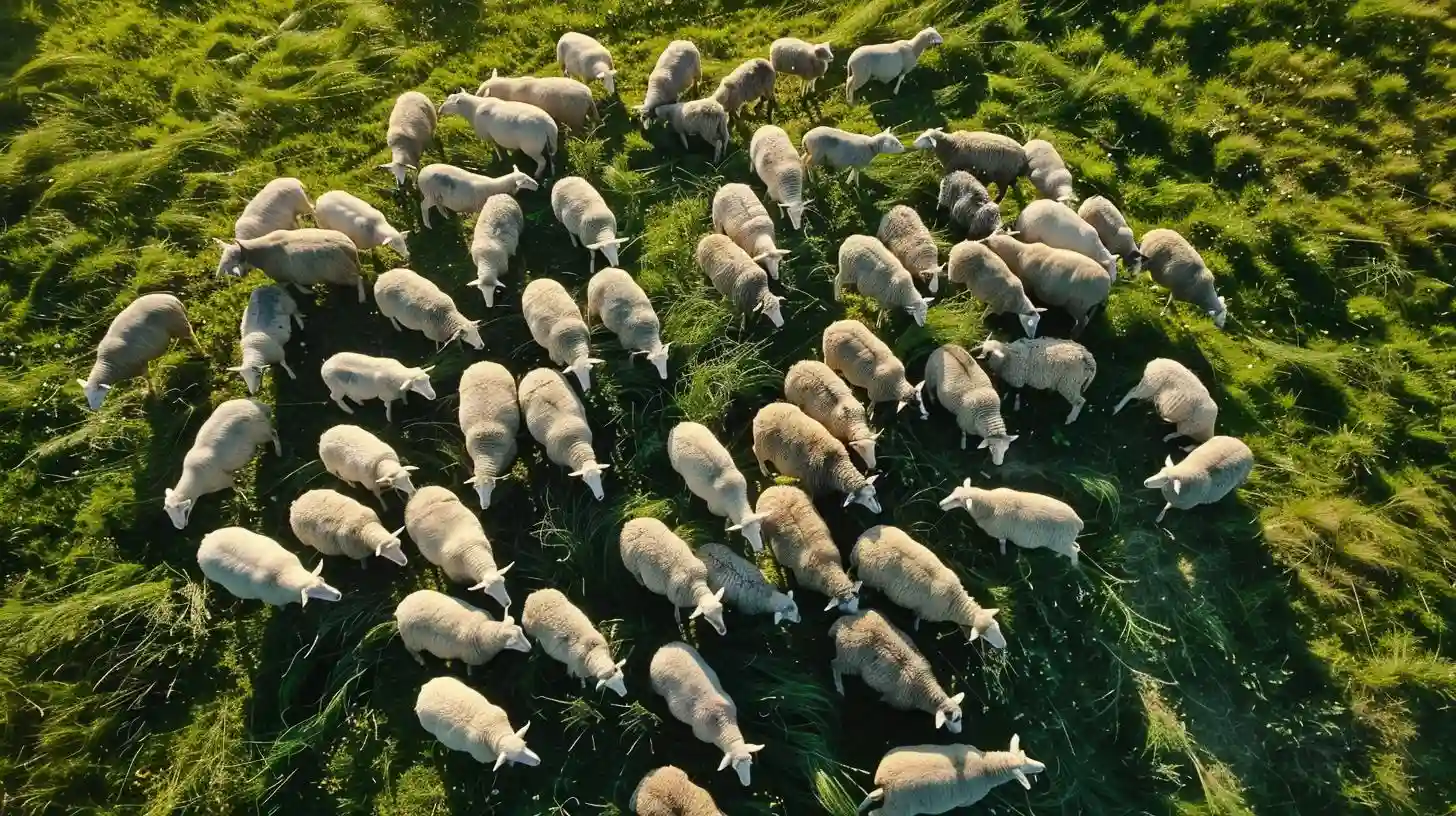
Raising sheep is a multifaceted endeavor that requires a comprehensive understanding of their needs and behaviors. Unlike high-input livestock like cattle or swine, sheep necessitate a different approach characterized by an understanding of their unique physiological and environmental requirements. The journey of raising sheep begins with acquiring a flock, selecting the right breed tailored to specific needs and goals. There are multiple breeds, each with unique traits suited for wool production, meat, or milk. Popular wool breeds like the Merino provide luxurious wool, whereas meat breeds such as Suffolk are favored for their rapid growth and hardy constitution.
The initial step in raising sheep is to provide them with a habitat conducive to their well-being. A well-constructed shelter protects against weather extremes such as rain, snow, and intense heat. This shelter should be spacious enough to accommodate the flock without overcrowding, as this reduces stress and minimizes the incidences of diseases. Sufficient ventilation and natural lighting help keep the environment healthy. Additionally, the floor should be dry and comfortable, utilizing bedding like straw or wood shavings which absorbs moisture and provides insulation.
Feeding practices play an immensely pivotal role in the successful rearing of sheep. Balanced nutrition, incorporating forage such as grasses, hay, or silage, forms the cornerstone of their diet. Providing adequate pasture during grazing seasons ensures that sheep receive essential nutrients. Supplementing their diet with grains and minerals is necessary, especially during the winter when forage availability dwindles. A crucial aspect of feeding is ensuring constant access to clean water, as hydration is vital for all physiological processes including digestion, thermoregulation, and milk production in lactating ewes.
Health management represents another critical element in sheep husbandry. Regular health checks are paramount, during which a shepherd examines the flock for signs of illness, parasites, or injuries. Vaccinations and deworming schedules must be strictly adhered to, preventing the onset of conditions such as pneumonia, foot rot, or parasitic infestations which can devastate a flock. Understanding the symptoms and treatments of common sheep diseases is fundamental, as early intervention can prevent loss of life and productivity. Similarly, lab tests and veterinary consultations can provide insights into the flock's health, leading to timely and effective medical interventions.
Another integral component to raising sheep is reproduction management. Breeding season, typically in the fall, is managed meticulously to ensure the ewes are in optimal physical condition to bear and rear lambs. Rams should also be in good health, as their genetics and vigor significantly impact the lambing results. After mating, ewes undergo a gestation period lasting approximately one hundred and fifty days. During the initial months of pregnancy, sheep require a consistent but not overly nutrient-rich diet to avoid excessive weight gain which can lead to birthing complications. However, in the final weeks leading up to lambing, enhanced nutritional support is critical for both the ewe and the developing lambs.
Lambing time is a delicate and demanding phase of the sheep-rearing process. It necessitates careful monitoring, as complications during birth can arise. While many ewes give birth without needing intervention, shepherds should be prepared to assist if necessary. Post-birth care includes ensuring that lambs nurse promptly, receiving colostrum which is vital for their immunity. Ewes should be monitored for any signs of birthing complications such as retained placentas or mastitis, which require prompt veterinary care.
As the lambs grow, they continue to depend on their mother's milk for the initial weeks before transitioning to solid food. Providing high-quality pasture or creep feed encourages healthy growth and development. The weaning process, typically carried out when lambs reach around two to three months of age, should be done gradually to minimize stress on both the lambs and the ewes. Post-weaning care involves close supervision to ensure lambs adjust well to their new diet and detachment from maternal dependency.
Grooming and shearing practices are unique to sheep and are essential for their health and comfort. Regular shearing, usually carried out once a year for wool breeds, not only harvests wool but also prevents the sheep from overheating and helps in identifying and treating skin conditions or parasitic infestations. Proper hoof care, including regular trimming, helps prevent issues like foot rot, a common affliction in sheep. Maintaining cleanliness in their environment also contributes significantly to their overall hygiene and health.
Behavioral understanding rounds off the comprehensive approach required to raise sheep successfully. Sheep exhibit certain predictable patterns in their behavior, such as flocking – the tendency to stay together as a group for protection against predators. Capitalizing on these natural behaviors can aid in managing them more effectively. Understanding their social hierarchy helps in creating a stable flock structure where conflict is minimized. Sheep are generally docile creatures, but they require gentle handling to avoid undue stress which can negatively affect their health and productivity.
Economic factors should also be considered when raising sheep. Operating a sheep farm involves several costs, including those for feeding, veterinary care, and shelter maintenance. Marketing and selling the products, whether meat, wool, or milk, requires a prudent approach to ensure profitability. Utilizing resources efficiently and sustainably often involves practices like rotational grazing to optimize pasture usage, reducing feed costs, and managing waste effectively. Analyzing market trends and potential selling points for wool grades or lamb cuts enables the shepherd to strategize for maximum economic benefit.
Raising sheep is a deeply rewarding yet demanding pursuit that combines dedication, knowledge, and skill. From ensuring their nutritional needs are met to proactive health management, from meticulous breeding practices to adeptly handling lambing seasons, every aspect necessitates a thoughtful and attentive approach. Further, understanding sheep behavior and structuring their environment to align with their natural tendencies ensures a harmonious and productive operation. Balancing economic considerations with the ethical treatment of the animals rounds off a wholesome approach, making sheep-raising a viable and often fulfilling agricultural endeavor.